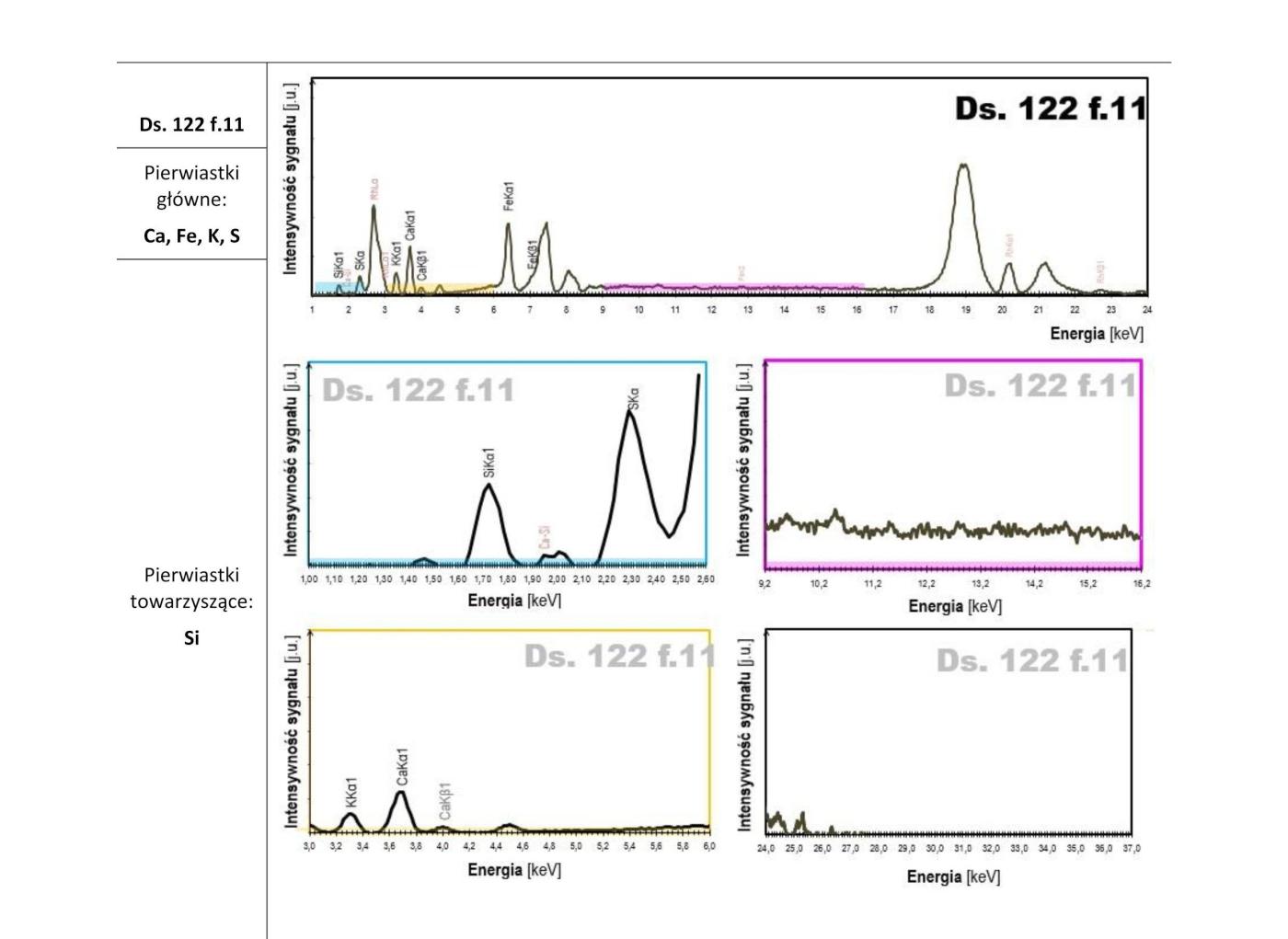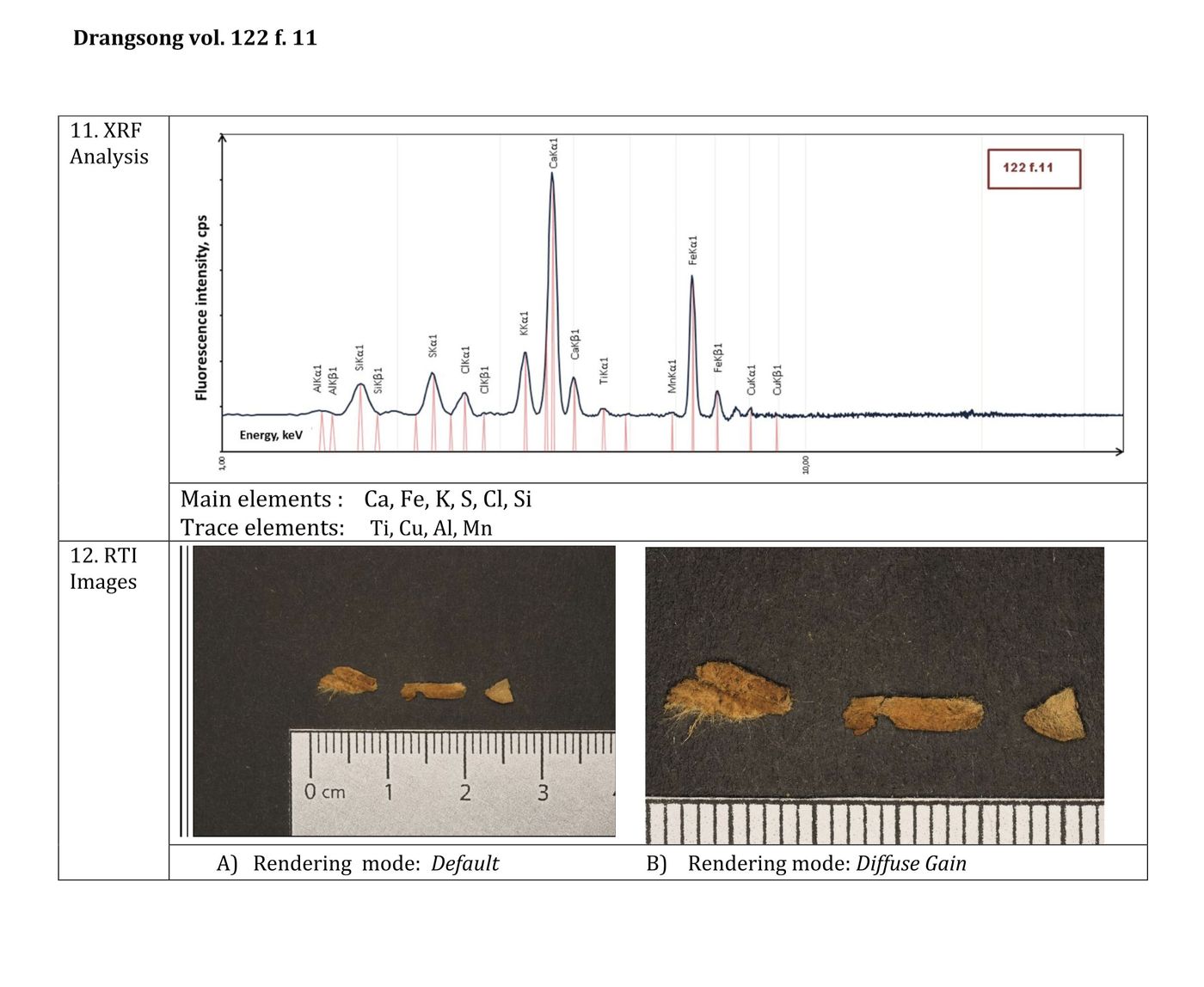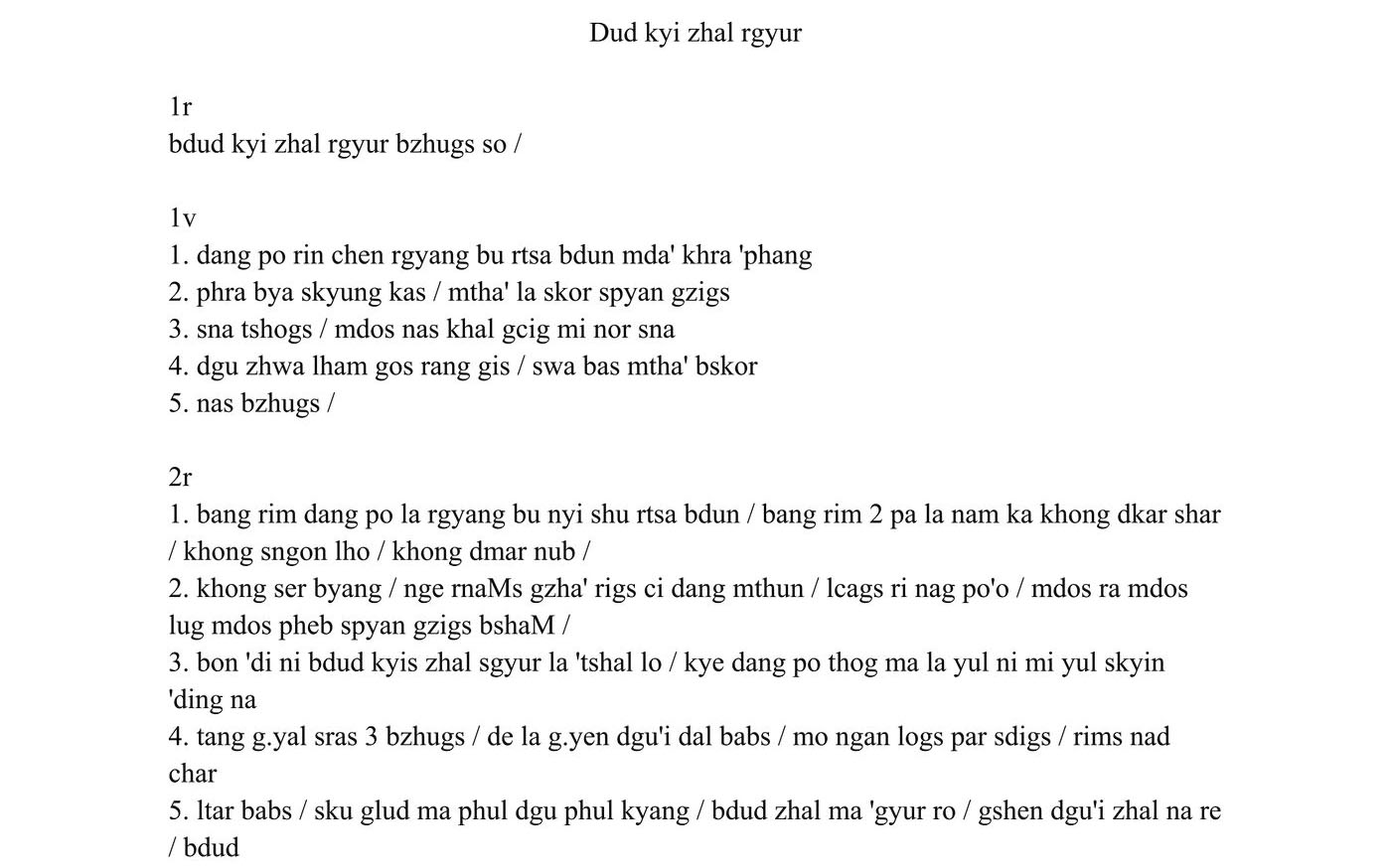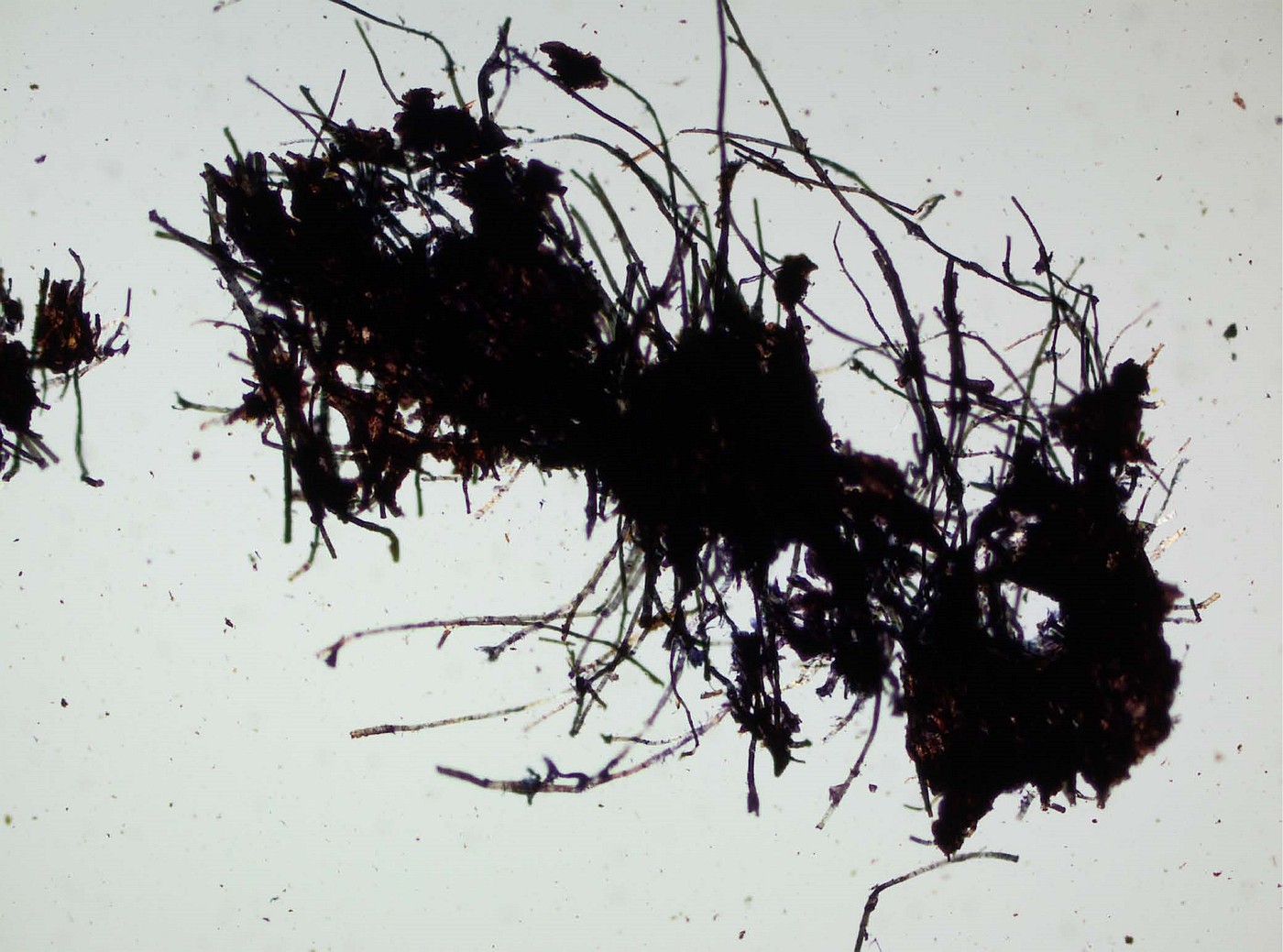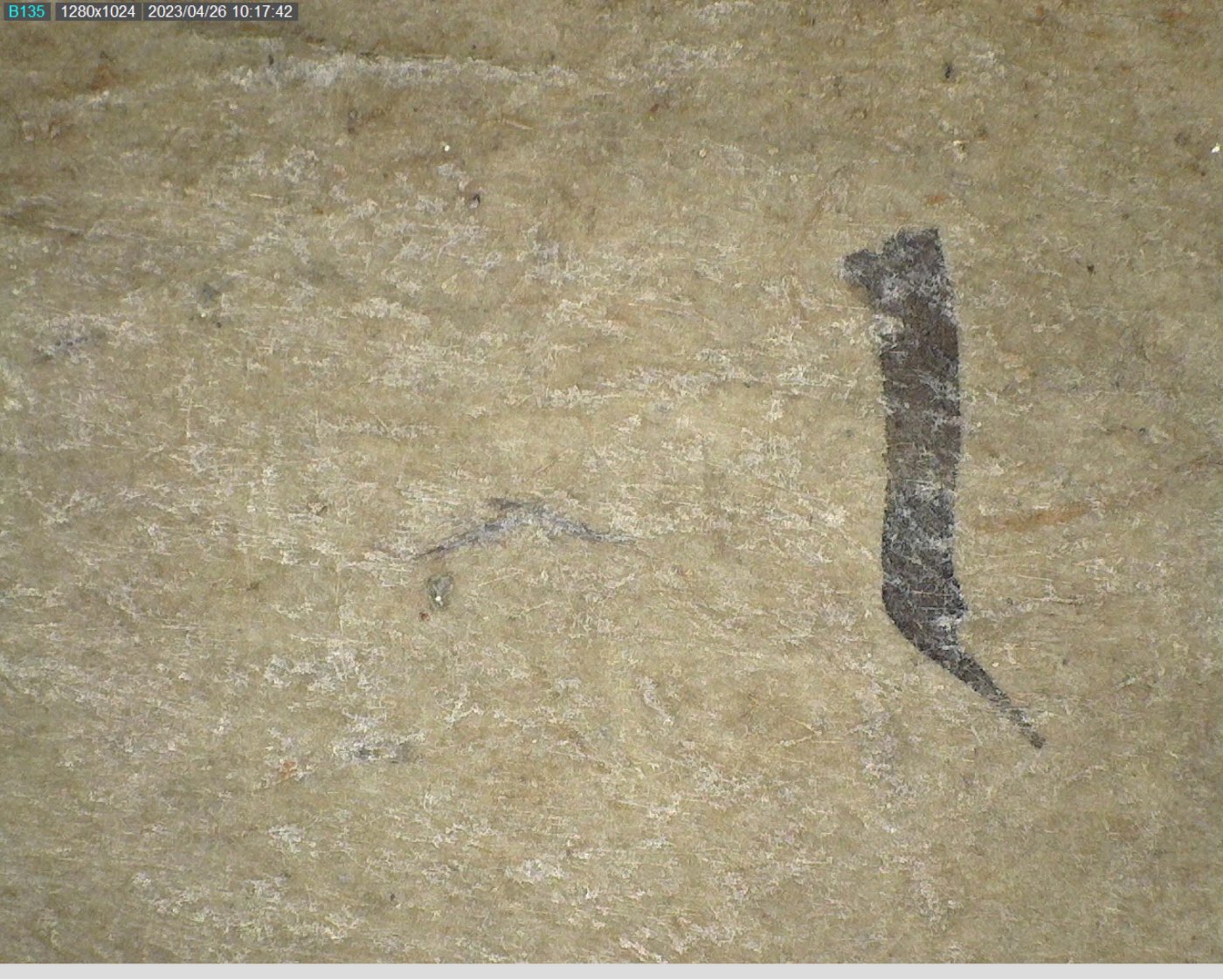DRANGSONG MANUSCRIPTS
|
1. Text number |
Drangsong 122 |
|
2. Text title (where present) in Tibetan |
༄༅།།བདུད་ཀྱི་ཞལ་བསྒྱུར་བཞུགས་སོ།། |
|
3. Text title (where present) in Wylie transliteration |
bdud kyi zhal bsgyur bzhugs so// |
|
4. A brief summary of the item’s contents |
A ransom ritual to repel attacks by demons. |
|
5. Number of folios |
11 |
|
6. Scribe’s name |
None |
|
7. Translation of title |
Reversing the face of the demon |
|
8. Transcription of colophon |
bkra shis/ shu bhȧ/ glud bdud gcod pa’am/ dgra phyogs bsam/ gnod pa’i phyogs su bskyal lo/ ’di keg che ba la bya’o/ dge’o/ |
|
9. Translation of colophon |
Blessings! throw [the torma] in the direction of the demons, enemies, or harmful powers. This ritual is to be done in response to major obstacles. Virtue. |
|
10. General remarks |
|
|
11. Remarks on script |
dpe tshugs, ’khyug ma tshugs |
|
12. Format |
Loose leaves |
|
13. Size |
7.3 × 36.5 cm |
|
14. Layout |
|
|
15. Illustrations and decorations |
This opening folio displays in an elaborate framework traced with double red lines a mdos ritual construction at the centre, a rectangular block of text on the left, and several animals and plants on the right. The mdos construction at the centre of the folio is composed of a five-tier base supporting a large, central thread cross and five sticks of smaller size known as rgyang bu, all ornamented with ribbons on the sides and top. The thread cross, whose peripheral threads are drawn red, is identified as such by a caption (nam ka, for nam mkha’). The general aspect of the construction somewhat contrasts with the text, according to which its first tier should be adorned with 27 rgyang bu, and its second tier with four thread crosses varying in colour depending on their directions. In the rectangular frame on the right side of this mdos are drawn four animals turned toward the ritual construction and two plants, some of which are identified with captions. From left to right, one observes a white stag with wide antlers, surprisingly identified as a black stag (shwa ba nag po); a “bird tree” (bya shing) with linear leaves; a black bird with red beak and legs identified as a chough (skyung ka); another plant of the same type as the former; a white bird; and a black sheep (lug) with large horns. Below the frame, an inscription adds that these are images of birds, wool, and trees, even though no wool is properly depicted.[1] The black stag, the chough, the white bird, the black sheep, the bird tree, and the wool are all mentioned in the text and the several chart stories it includes as specific ransoms to be offered to the bdud demons in order to turn them away from the family and cattle of the patrons. The black stag is said to have the face of a demon (bdud shal) and the sheep and chough to belong to – or to be among – them (bdud lug ; bdud bya skyung kha). Emphasis is especially placed therein on the precious stag (rin chen sha ba). [1] This inscription reads: § bya bal shing’dra ba. |
|
16. Paper type |
Laid patchy, 1-2 layers, smooth |
|
17. Paper thickness |
0.15–0.17 mm |
|
18. Nos of folio sampled |
f. 11 |
|
19. Fibre analysis |
Daphne sp. |
|
20. AMS 14C dating |
|
|
21. XRF analysis |
Main elements: Ca, Fe, K, S, Cl, Si Trace elements: Ti, Cu, Al, Mn |
|
22. RTI |
A) Rendering mode: Default B) Rendering mode: Diffuse Gain |
|
23. GCMS |
